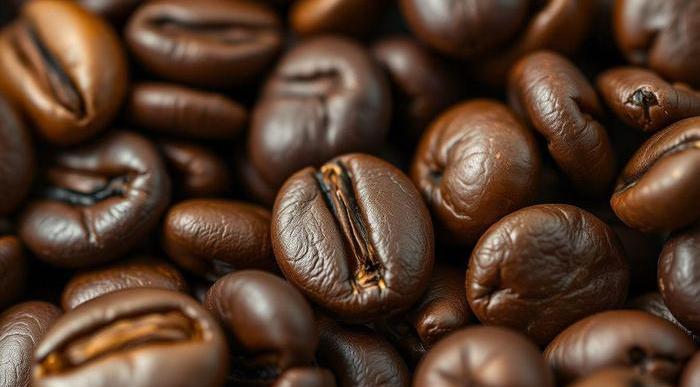- You are here:
- Home »
- Coffee Beans Guides
Category Archives for Coffee Beans Guides

Master the Art of Storing Coffee Beans for Ultimate Freshness
Coffee is a complex and beloved beverage that has woven itself into the fabric of daily life for countless people around the globe. For many, it’s not just a drink but a ritual—a source of comfort, energy, and pleasure. But behind the rich aroma and robust flavor of your morning cup lies a delicate science: […]
Continue reading